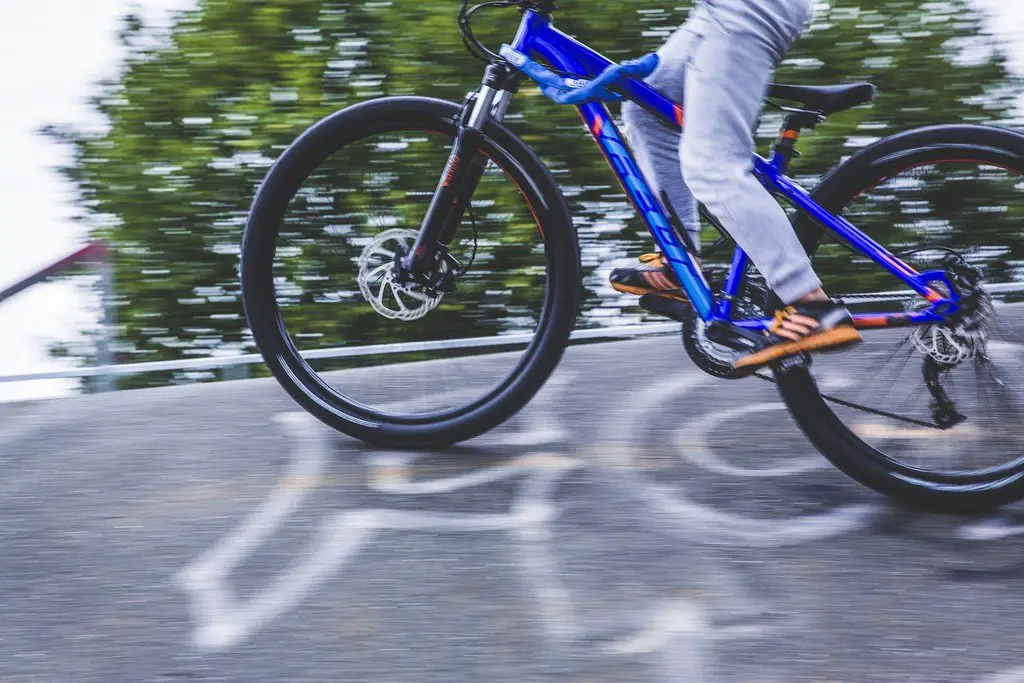Mountain Biking and Cycling – Braking Tips
Not just in mountain biking but for everything – stopping is as important as moving. That is why the brake is one of the most important parts of your mountain bike. Although braking is essential, it can also be a cause of an accident, so this must be appropriately executed, meaning at the right time, right place, and the right amount of power.
Please note that as an Amazon Affiliate we may earn commission from qualified purchases — thanks for your support!
In a couple of years of actively mountain biking, I have experienced a few falls and crashes, and with that, I have created things to keep in mind when braking, before braking and after braking.

In flat and hard, dry ground, divide the braking effort in 60% front and 40% in the rear. In other types of flat trail like in loose soil terrain, or roads with some mix rocks and pebbles do the opposite of the power applied, 60% on your mountain bikes rear wheel brake and 40% on your front wheel brake. But remember that the rear brake alone cannot stop in time to brake in emergencies.
If you know well the rear brake of your mountain bike, you can use that to test the adhesion of the surface by which you’re going through. It is possible that the wheel locks (and slips) with little force in the brake levers, so you better be aware of more abrupt braking, where the use of the brakes can become dangerous.
A dusty ground that hides rocks and holes, small stones on top of asphalt can make you brake suddenly, that is why you better examine the trail too. When the situation becomes dangerous (which usually happens after a strong braking, or even after you have recovered the balance after releasing the brake), catch and release the brake subsequently until you stop the bike. Avoid skidding; this leads to falls.
When braking on the downhill, lean your body back, to transfer the weight to the rear wheel, this gives more traction to the rear wheel; it helps not to turn the bike over the front wheel on a very steep hill while descending. If you’re in a descent with wet grounds or mud, keep your feet on the pedals and use both brakes (in front and rear wheel) with caution.
If you’re going downhill and you know that you have to go through a bit slippery surface. You need to carefully and slowly reduce the speed before and until your done crossing this stretch of trail, as much as possible look for the best line and avoid entering a slippery zone. The surface of land under forest and/or rain are very treacherous, and when they have a green cover of moss, it is best to follow on the weeds that are usually there in the middle of the road and roadside.
When you ride on a very slippery road, sometimes it’s best to accelerate a bit and regain balance. Then, in a more dry or firm trail, it is safer to reduce speed.

